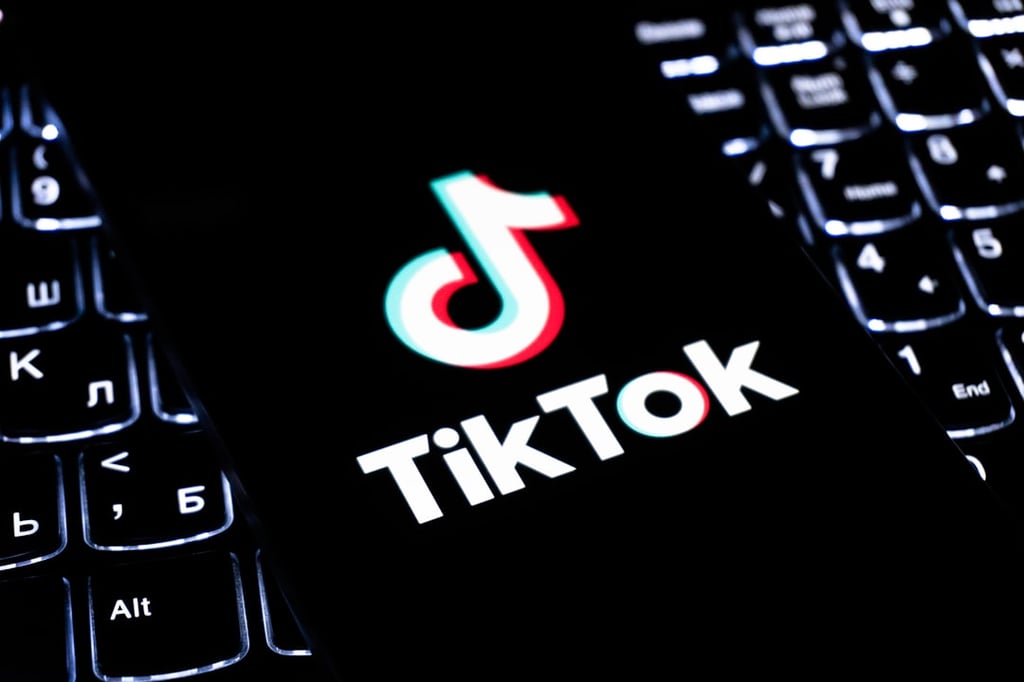Datamation content and product recommendations are
editorially independent. We may make money when you click on links
to our partners.
Learn More
Despite the buzz surrounding the Internet of Things (IoT) and its game-changing benefits in corporate circles, relatively few projects have made it off the ground, indicates new research from TEKsystems, an IT staffing firm.
In a survey of over 200 IT and business leaders, the company found that only 22 percent of organizations are implementing IoT technologies and services. Seventeen percent of respondents said they currently piloting IoT technologies while 19 percent are in the planning stages. A significant minority, 42 percent, are considering adopting IoT technologies.
Data security tops the list of IoT challenges (50 percent) and rightfully so, according to Jason Hayman, research manager at TEKsystems.
“Security is a challenge for IT in general, but for IoT it’s compounded by the fact that there are so many moving parts, so many access points through which something could be hacked or a vulnerability could be overlooked,” Hayman told Datamation. Three major concerns are currently keeping security-conscious IT managers up at night.
“At the lowest level, there are sensors that are being developed – usually by another company – and the manufacturer may not have implemented enough security measures in those devices,” Hayman said. “Second, there’s the access points and network that all the devices and other end points run on, which creates a huge, decentralized web of information that could be compromised.”
Then, there’s the data.
CIOs will want to be mindful of “the volume of people accessing and manipulating the data that needs to be considered,” said Hayman. “IoT requires an agile and robust approach to protecting the organizational perimeter, including thorough training and usage protocols. IoT involves more partnerships, best-of-breed vendor decisions, etc. that create a huge partner ecosystem and ‘weakest link in the security chain’ challenges.”
Also high on the list of IoT challenges are return on investment concerns (43 percent) and interoperability with current IT infrastructures (37 percent). “Finding the right staff or skill sets was cited by 33 percent of respondents as a main challenge to realizing IoT potential, so it’s definitely something organizations are aware of and struggling with,” Hayman added.
In terms of staffing, respondents cited security as the toughest skill set to fill, followed by big data analytics. “Builder-type skill sets — architects, cloud, programmer and developer skill sets — round out the top five,” said Hayman.
Essentially, most enterprises aren’t currently ready to tackle an IoT project.
“Less than four in ten of our survey respondents reported that their organization’s internal resources overall are very well prepared to complete each phase of an IoT initiative,” Hayman lamented. “Looking at that alongside the fact that most organizations are still planning, or even still just considering IoT projects, I would say that internal workforces are generally not ready to handle the security, data, analysis, and everything else that goes into an IoT initiative.”
To capitalize on IoT, CIOs and other business leaders will need to break through institutional barriers.
Hayman said “strong internal and external partnerships are going to be essential” for successful IoT initiatives. “While the majority of our survey respondents reported that their IT and business functions were able to work together effectively, only 9 percent strongly agreed that the partnership was successful. This is a really important partnership to have in order for the business and strategy side of the organization to move in lockstep with IT.”
Pedro Hernandez is a contributing editor at Datamation. Follow him on Twitter @ecoINSITE.
Photo courtesy of Shutterstock.
-
Ethics and Artificial Intelligence: Driving Greater Equality
FEATURE | By James Maguire,
December 16, 2020
-
AI vs. Machine Learning vs. Deep Learning
FEATURE | By Cynthia Harvey,
December 11, 2020
-
Huawei’s AI Update: Things Are Moving Faster Than We Think
FEATURE | By Rob Enderle,
December 04, 2020
-
Keeping Machine Learning Algorithms Honest in the ‘Ethics-First’ Era
ARTIFICIAL INTELLIGENCE | By Guest Author,
November 18, 2020
-
Key Trends in Chatbots and RPA
FEATURE | By Guest Author,
November 10, 2020
-
Top 10 AIOps Companies
FEATURE | By Samuel Greengard,
November 05, 2020
-
What is Text Analysis?
ARTIFICIAL INTELLIGENCE | By Guest Author,
November 02, 2020
-
How Intel’s Work With Autonomous Cars Could Redefine General Purpose AI
ARTIFICIAL INTELLIGENCE | By Rob Enderle,
October 29, 2020
-
Dell Technologies World: Weaving Together Human And Machine Interaction For AI And Robotics
ARTIFICIAL INTELLIGENCE | By Rob Enderle,
October 23, 2020
-
The Super Moderator, or How IBM Project Debater Could Save Social Media
FEATURE | By Rob Enderle,
October 16, 2020
-
Top 10 Chatbot Platforms
FEATURE | By Cynthia Harvey,
October 07, 2020
-
Finding a Career Path in AI
ARTIFICIAL INTELLIGENCE | By Guest Author,
October 05, 2020
-
CIOs Discuss the Promise of AI and Data Science
FEATURE | By Guest Author,
September 25, 2020
-
Microsoft Is Building An AI Product That Could Predict The Future
FEATURE | By Rob Enderle,
September 25, 2020
-
Top 10 Machine Learning Companies 2021
FEATURE | By Cynthia Harvey,
September 22, 2020
-
NVIDIA and ARM: Massively Changing The AI Landscape
ARTIFICIAL INTELLIGENCE | By Rob Enderle,
September 18, 2020
-
Continuous Intelligence: Expert Discussion [Video and Podcast]
ARTIFICIAL INTELLIGENCE | By James Maguire,
September 14, 2020
-
Artificial Intelligence: Governance and Ethics [Video]
ARTIFICIAL INTELLIGENCE | By James Maguire,
September 13, 2020
-
IBM Watson At The US Open: Showcasing The Power Of A Mature Enterprise-Class AI
FEATURE | By Rob Enderle,
September 11, 2020
-
Artificial Intelligence: Perception vs. Reality
FEATURE | By James Maguire,
September 09, 2020
SEE ALL
ARTICLES









